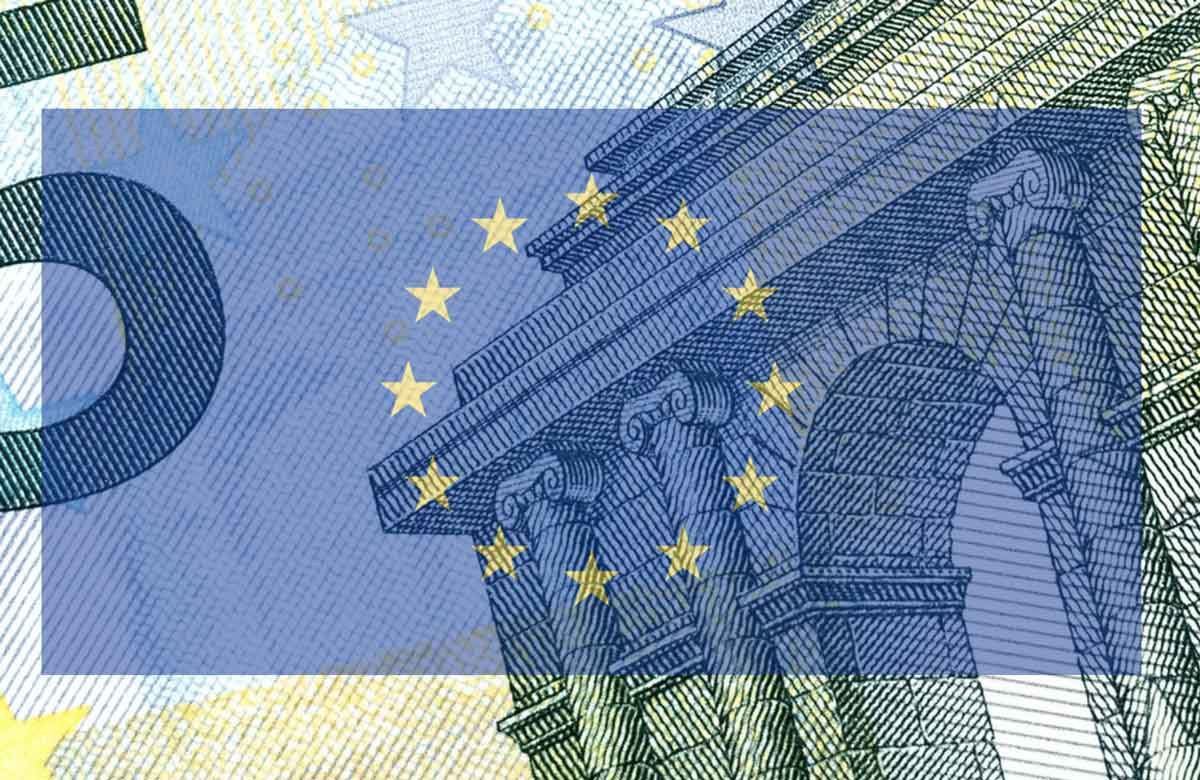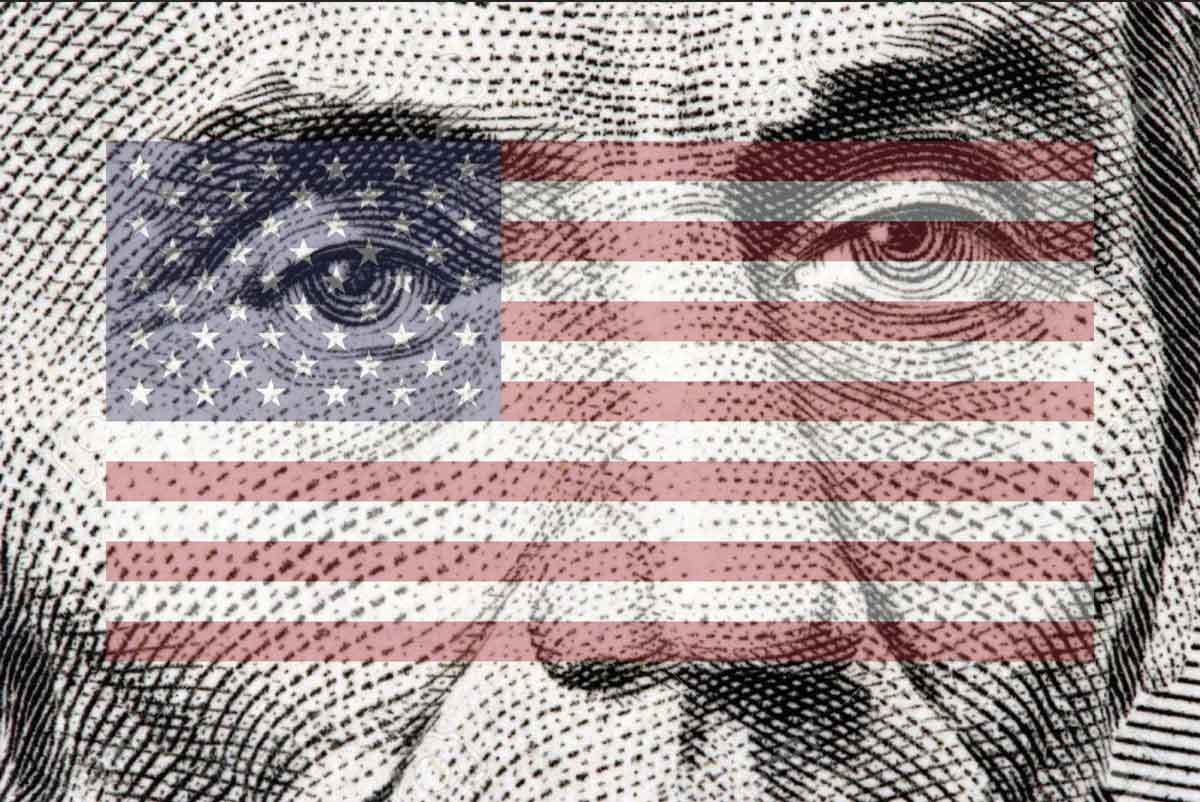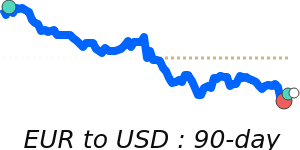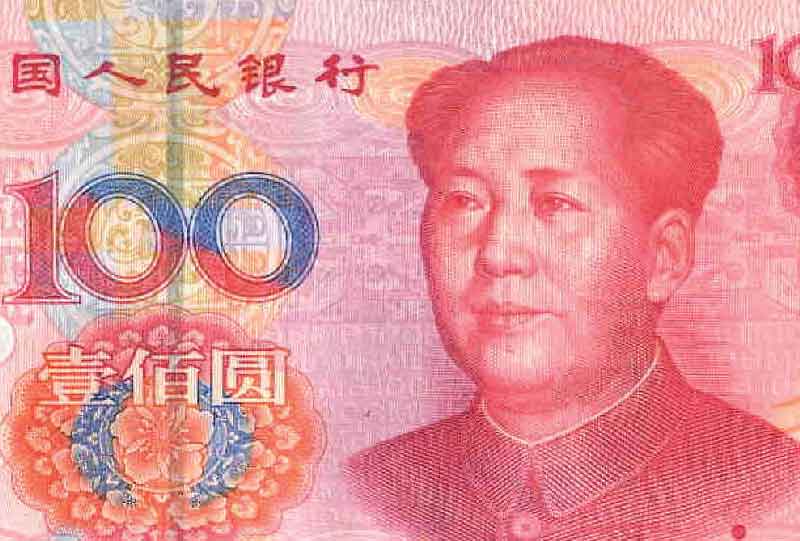![]()
![]() Recent forecasts and currency market updates suggest that the EUR to QAR exchange rate is influenced by a combination of macroeconomic factors and geopolitical stability. As of now, the EUR stands at 4.1153 QAR, which is 4.1% above its three-month average of 3.9514 QAR. However, this currency pair has experienced substantial volatility, trading within an 11.7% range from 3.7524 to 4.1920 QAR. Analysts indicate that this fluctuation is reflective of broader economic conditions, notably influenced by developments within the Eurozone and the strength of the US dollar.
Recent forecasts and currency market updates suggest that the EUR to QAR exchange rate is influenced by a combination of macroeconomic factors and geopolitical stability. As of now, the EUR stands at 4.1153 QAR, which is 4.1% above its three-month average of 3.9514 QAR. However, this currency pair has experienced substantial volatility, trading within an 11.7% range from 3.7524 to 4.1920 QAR. Analysts indicate that this fluctuation is reflective of broader economic conditions, notably influenced by developments within the Eurozone and the strength of the US dollar.
The recent strengthening of the USD, attributed to the US imposing reciprocal tariffs on EU goods and overall positive GDP figures, has placed downward pressure on the euro. Furthermore, the upcoming release of the Eurozone's Consumer Price Index (CPI) figures is highly anticipated, with economists warning that cooling inflation may lead to a decline in the euro's value. Conversely, signs of persistent price pressures could support the euro.
The European economic landscape continues to grapple with the effects of the ongoing war in Ukraine, which has notably affected energy supplies and contributed to inflationary pressures within the Eurozone. As geopolitical dynamics evolve, investor sentiment around the euro remains sensitive to potential conflicts and resolutions within this context. Forecasters maintain that if stability in Eastern Europe is achieved, it could restore investor confidence and lead to a robust recovery for the euro.
Moreover, the euro’s performance is not solely reliant on regional factors but is also impacted by global oil prices. Current data show that oil prices are at 90-day lows near 61.29, significantly below their three-month average of 70.61. This 13.2% drop may have implications for the Qatari economy, given its reliance on oil exports, which can further affect QAR's strength against the Euro.
Looking ahead, the trajectory of the euro against the QAR will likely hinge on a mix of European Central Bank policy decisions, sustained economic recovery, and external geopolitical factors. As the Eurozone faces the challenges of energy market shifts and potential adjustments in monetary policy, these elements will remain pivotal in shaping the strength and global demand for the euro in the near term.
Loading rates...
|
|
|
QAR to EUR Market Data
Qatari rial (QAR) to Euro (EUR) market data - latest interbank exchange rate, trend, chart & historic rates.
Compare & Save - Qatari rial to Euro
Exchange rates can vary significantly between different currency exchange providers, so it's important to compare Qatari rial (QAR) to Euro (EUR) rates from different sources before making a conversion.
Use our QAR to EUR calculator to see how much you could save on your international money transfers. makes it easy to compare the Total Cost you are being charged on Rial to Euro currency rates and the possible savings of using various providers.
| Date | QAR/EUR | Period |
|---|---|---|
12 Apr 2025 | 0.2420 | 2 Week |
26 Jan 2025 | 0.2624 | 3 Month |
26 Apr 2024 | 0.2566 | 1 Year |
27 Apr 2020 | 0.2537 | 5 Year |
29 Apr 2015 | 0.2471 | 10 Year |
01 May 2005 | 0.2128 | 20 Year |
Will the Qatari rial rise against the Euro?
It is almost impossible to predict what an exchange rate will do in the future, the best approach is to monitor the currency markets and transact when an exchange rate moves in your favour.
To help with this you can add QAR/EUR to your personalised Rate Tracker to track and benefit from currency movements.
Rather than requiring you to set a target rate, our Rate Alerts keep you informed of recent trends and movements of currency pairs.
Add rates to your Rate Tracker and select to receive an daily email (mon-fri) or when a rate is trending
Related exchange rate forecasts
BER articles that mention the Euro (EUR):

The U.S. Dollar Is Losing Ground to the Euro — And the World Is Watching
Deutsche Bank forecasts a significant weakening of the US dollar in the coming years, potentially reaching its lowest level against the euro in over a decade.

US Dollar Hits Three-Year Low On Jerome Powell Dismissal Threat
The US dollar has fallen to a three-year low, influenced by Trump policy back flips plus concerns over the Federal Reserve's independence. Analysts suggest a long-overdue correction due to overvaluation and trade tensions.
Further reading on the Euro (EUR) - Guides, Reviews & News from our research team.
Forecasts disclaimer: Please be advised that the forecasts and analysis of market data presented on BestExchangeRates.com are solely a review and compilation of forecasts from various market experts and economists. These forecasts are not meant to reflect the opinions or views of BestExchangeRates.com or its affiliates, nor should they be construed as a recommendation or advice to engage in any financial transactions. Read more

